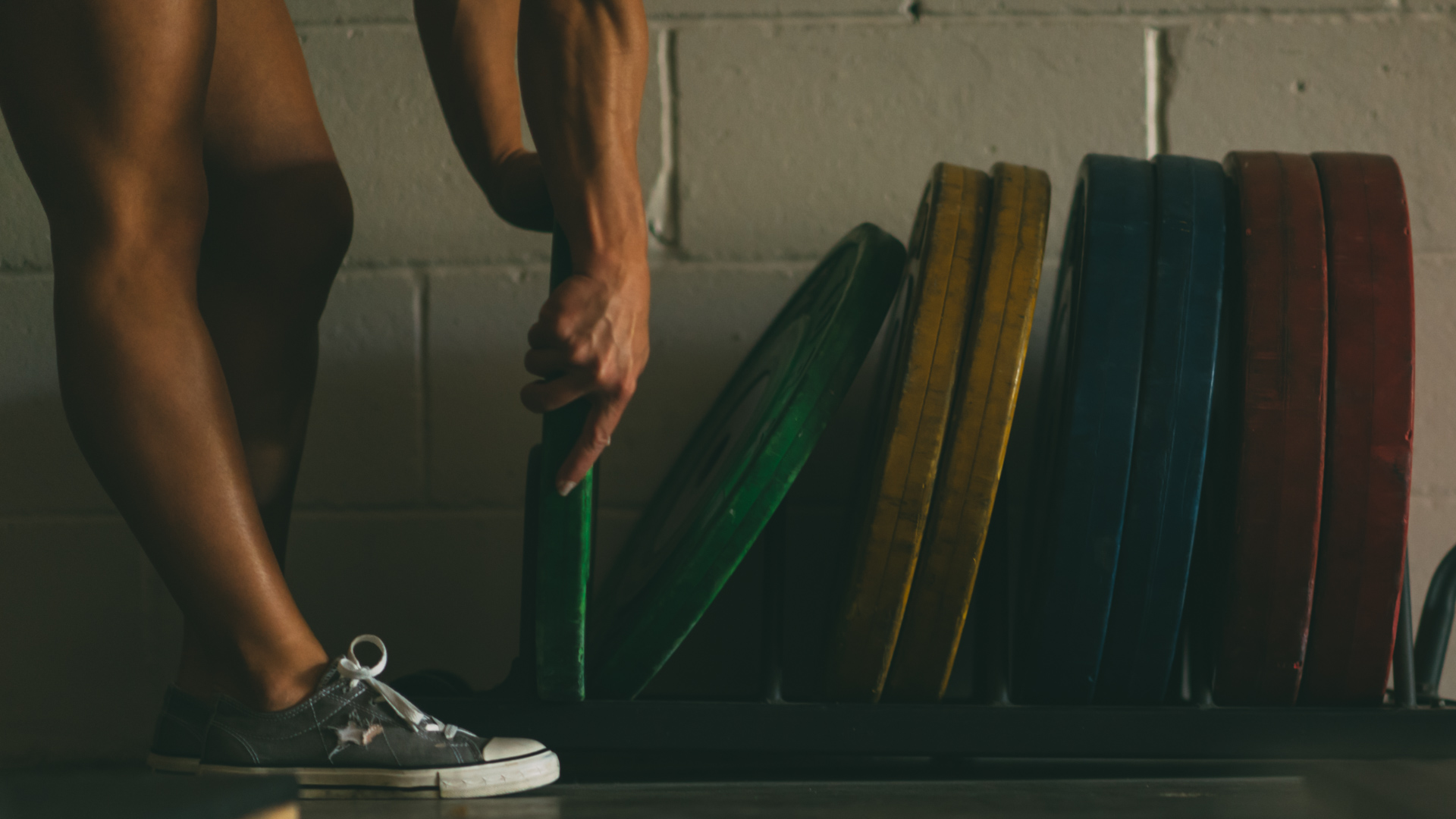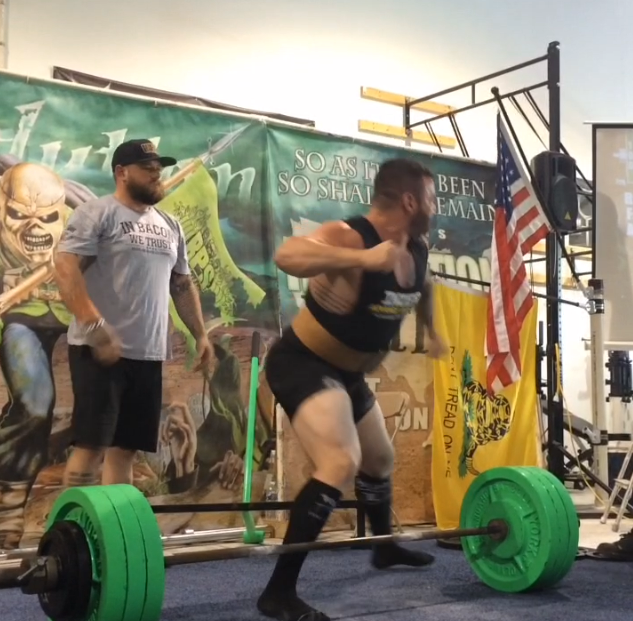
21 Jan A Pragmatic Approach for a Long Off-Season
By Paul Oneid
The term “Off-Season” is essentially the period of time between meet preps. If you follow 10/20/Life, the off-season is also a period where life takes precedent over lifting. There is more freedom and flexibility. Now, this doesn’t mean that you are not training, or not training hard, it just means that you are not singularly focused on a contest to peek for. This is very liberating, but can also be an awkward period if you do not have a plan. 10/20/Life advocates a 20-week off-season, followed by a 10-week meet prep as the optimal way to ensure longevity in your lifting career. Sometimes the off-season can be shorter, or longer, but it is important to make sure that you aren’t jumping from meet prep to meet prep. The off-season is when we have the opportunity to make the largest impact on our strength and build up our weak points. But, what happens when we are not able to compete very lengthy periods of time? Perhaps an entire year? How do you plan for such a long timeframe?
The simplest way to approach an off-season is to use the 20-week off-season template provided in the 10/20/Life book. This would allow you to build weak points over a lengthy period, test yourself, assess where you’re at and get into a meet prep, or begin a new off-season block with your new information. For most, this would be the ideal scenario. When you have a clear picture of what your weak points are, 20 weeks really isn’t that long of a time to attack them. But, if you aren’t heading into a meet prep after the off-season, 20-weeks done repetitively can be a bit monotonous. Now, remembering that 10/20/Life is a philosophy and not a program, what if you wanted to try something a bit different? I propose a more pragmatic approach to the off-season.
Set Goals
Have goals in mind for each training period on each lift, then pick movements that you believe will target the weak areas. Using the 10/20/Life template you can build these “indicator” lifts meticulously. As these weak point lifts progress and your strength in them goes up, there should be carryover to the competition lift. Choosing movements is very important and takes a keen eye. There is a fantastic weak point index in the 10/20/Life Second Edition, which will guide your choices, but having the objective eye of a coach to guide the movement choice is the best-case scenario.
Goals can also be transferrable across all lifts. Increasing work capacity, correcting some structural imbalances, improving body composition, hypertrophy etc. will influence the entire training period. These will guide the movement selection, rest periods, metabolic work and corrective work you choose to do. Be specific in your goals and stay true to them when laying out the plan if you want to be as productive as possible.
Variety
When you train in a specific manner, meaning pushing the competition lifts, all year round there are some draw backs. As a beginner lifter, this may work for you because the improvements in strength will come from technical improvements and neurological efficiency rather than true gains in muscular strength. Once a lifter becomes technically proficient and neurologically efficient, gains in strength come down to building muscle and addressing weak areas. Without variation in training, the physique will become quite unbalanced and you’ll be at risk for a variety of overuse injuries. This will lead you towards the glass ceiling of progress.
Breaking the off-season into 10-week periods can solve the issue of staleness AND it can serve to provide more direction. You DO NOT need to be pushing the competition lift at all times to get stronger, as mentioned above. Using the indicator lifts as your main movement and then refining competition lift technique on deload weeks will keep everything fresh and snappy. Using this approach will also show you how the indicator lifts are carrying over. Every 10 weeks, reassess the level of carryover, if you’re happy with it, if it needs to be changed, or if new weak points have surfaced. Adjust the goals and the plan and keep rolling.
Be Flexible
Life happens, we all know it. There will be times when stress is high outside the gym and it affects your performance. This is something that shouldn’t happen in a meet prep, but in the off-season, we need to be flexible. If you need an extra rest day, take it. Need to adjust the load to make sure to avoid technique breakdown, do it. More importantly, if the movements you’ve chosen, or the plan you’ve put together isn’t yielding proper carryover, have the flexibility to change and don’t be so stubborn to just grind out something that doesn’t work. The 10-week periods are a perfect time frame to determine if you’re on the right path, or if things need to change.
Track Your Progress
Keep a detailed account of your training, your loads, your progress, EVERYTHING pertinent to your training. You don’t know where you should go if you don’t know where you are, or where you’ve been. Off-season tracking is extremely important. This serves to guide training in the immediate future, but perhaps more importantly the results yielded from your current training will provide information on what to months, or years in the future. What movements, schemes, plans, approaches worked and what didn’t. What stresses affected training and what didn’t. Measurement is control. Whatever you track, you can control. The more you can control, the more productive your training can be. We all want that, don’t we?!
Have Fun
When you are chasing goals and when the numbers get scary, lifting isn’t always fun. Meet prep becomes a period of time where you are singularly focused on your total and the training is a job. In the off-season, you have the freedom to choose movements that challenge you in new ways and that force you to use lower absolute loads. Now, if you didn’t like lifting heavy, at least sometimes, you would be powerlifting, but you cannot push heavy loads 365 days a year. Challenging yourself with different movements and using lighter loads gives your body and mind a break while simultaneous assisting your quest to lift the heaviest weights you can down the line.
“Discipline equals freedom.” – Jocko Willink
Want to learn how to put together the perfect offseason plan? Pick up a copy of the new softback 2nd Edition of 10/20/Life on SALE NOW!
Paul Oneid
Latest posts by Paul Oneid (see all)
- A Proposition for a Paradigm of Planning Your Personal Periodization - March 4, 2019
- Paul Oneid –> Off-Season | Feet Up Bench PR and Some Squats - March 1, 2019
- Paul Oneid –> Off-Season | A bit of everything - February 21, 2019








Sorry, the comment form is closed at this time.